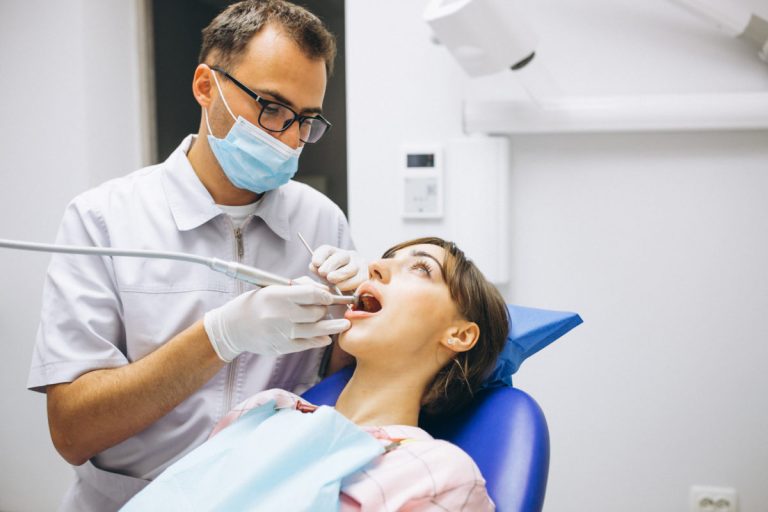A bone density test determines the assumption that one has osteoporosis – a problem described by bones that are more delicate and prone to breakage. The bone density scan in Vernon, NJ uses X-rays to quantify the number of grams of calcium and other bone minerals that are pressed into a bone fragment. The bones that are most commonly tried are in the spine, hip, and sometimes the forearm.
The higher the bone mineral substance, the denser the bones. Also, the denser the bones, the more grounded they are and the stranger they are to break. Bone density tests range from bone scans. Bone scans require an early injection and are commonly used to recognize cracks, malignant growth, infections, and different anomalies in the bone. Although osteoporosis is more common in more experienced women, men can also develop the condition. No matter the gender or age, the primary care doctor may suggest a bone density test if one:
Lost level
Individuals who have lost as much as 3.8 centimeters in level may have pressure drops in the spine, for which osteoporosis is a major source.
Fractured a bone
Delicate cracks happen when a bone becomes so delicate that it breaks substantially more effectively than anticipated. Delicacy breaks can sometimes be caused by large areas of force to one or sniffle.
Consumed certain medications
Long-term use of prescription steroids such as prednisone interferes with the bone rebuilding process – which can lead to osteoporosis.
Had a drop in chemical levels
Despite the regular drop-in chemicals that occur after menopause, women’s estrogen can also drop during certain malignant growth medications. Some therapies for malignant prostate growth reduce testosterone levels in men. Decreased levels of sex chemicals weaken bone.
Contrasts in testing strategies
Braces with action density of the spine and hip bones are more accurate but cost more than appliances with action density of the fringe bones of the forearm, finger, or heel.
Past spine problems
Test results may not be accurate in individuals with underlying spinal abnormalities, such as severe joint inflammation, previous spinal medical procedures, or scoliosis.
Radiation opening
Bone density testing uses X-rays, but the opening to radiation is usually small. All things considered, pregnant women should stay away from these tests.









